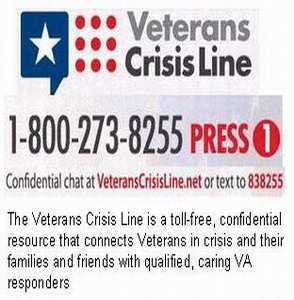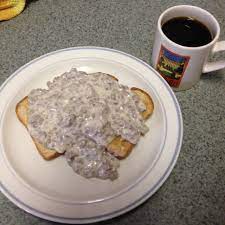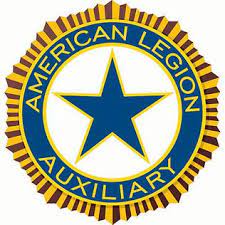Tradition, honor, and dignity are the hallmarks of a military funeral. While most of the ceremonial aspects are usually performed at the grave site, an honor guard may be present and have some part in the funeral itself. The most important elements of the service are standard, whether the service member died while on active duty or was honorably discharged or retired, or whether he or she attained the rank of admiral or was newly enlisted.
Here are the elements you are likely to see at a military grave site service held at a national or local cemetery:
- The flag-draped casket arrives at the cemetery by hearse or horse-drawn caisson.
- A six-man honor guard carries the casket to the grave site.
- The chaplain or pastor (if applicable) reads a committal service.
- The honor guard lifts and holds the American flag taut over the casket.
- The seven-person firing party fires three volleys. A spent shell may be picked up and later tucked into the folded memorial flag.
- A bugler sounds “Taps.”
- The honor guard ceremonially folds the American flag.
- The highest ranking officer presents the folded flag to the family with a brief statement of gratitude and a salute.
Whether at a national cemetery or at a private service, each member of the honor guard has a specific role and has practiced for these occasions. They carry out every detail of the ceremony with cadence and precision. Salutes are offered in slow motion, honoring the sacrifice of a life given in service.
Private Services
A private service held in a private cemetery can still have military honors, although they will be less formal and may be performed by an honor guard from the local VA rather than from a military base. (In the absence of an honor guard, representatives from the funeral home may handle these duties; check with your funeral home counselor regarding the services available in your area.) At a minimum, the honor guard will play “Taps” and present a folded American flag to the family.







